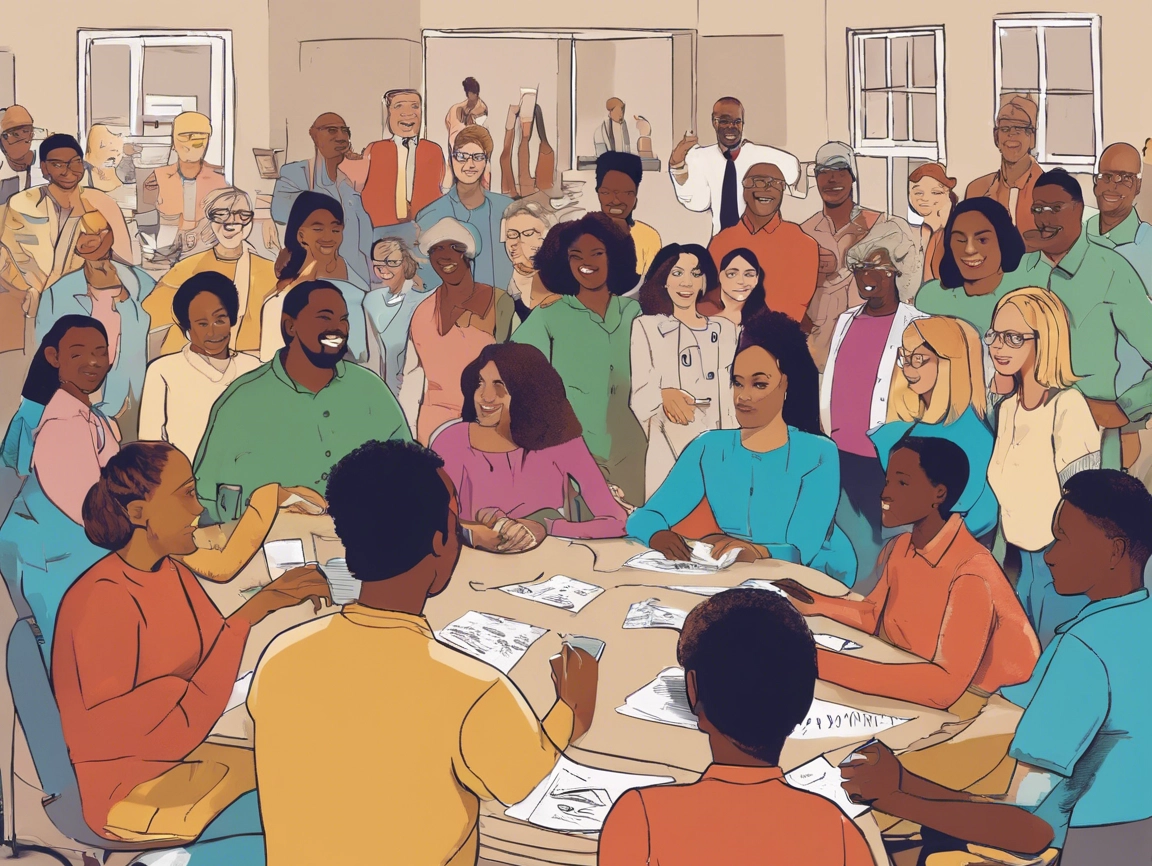As marketing professionals at community foundations, the quest for engaging narratives can sometimes feel like searching for a needle in a haystack.
Yes, we have hundreds upon hundreds of nonprofits and people who benefit from our grantmaking. But how do we find that perfect story that will inspire the next million-dollar donor?
Here are six strategies to ignite your creativity and discover captivating stories within your community:
1. Dive deep into data streams.
Numbers, statistics, and data can serve as potent catalysts for storytelling.
We always start here because it gives us a good idea of the themes we may want to focus on in the coming months. It can be demographic insights of donors, scouring through keywords from grant applications, or looking at community needs assessments that our region has available, we try to leave no stone unturned.
For example, does the city or county have a key performance indicator (KPI) dashboard that measures the strengths and challenges of things like community health, education, etc.? If so, use that data to focus on the topics at either end of the spectrum – high need or high success.
Similarly, use a simple keyword search (or even better, use an AI model like ChatGPT or Copilot) to find the most common keywords used by grantees. Then take those key phrases or topics to start digging further.
2. Ask for access to your grant management software.
Make sure you have ongoing access to whatever grant management software your community foundation uses. Even if it’s just a shared folder on your server, you should have access and spend time skimming the applications from time to time.
Otherwise, you are reliant on your colleagues to review these applications. The challenge? They are not marketers so may not see the story beneath the data.
3. Schedule a standing meeting with Development and Program staff.
The colleagues you see every day almost always have a wealth of stories running in their minds, but because they are not marketers, they just don’t know how to communicate that to you.
Carve out time each month to ask them questions that will yield content for your stories.
- Did they recently meet a new donor who has an uncommon story about how they accrued their wealth?
- Did they recently hear about a nonprofit that is taking a new approach to an old problem?
- When was the last time they met someone who made them feel proud to work for a community foundation?
The more you ask these types of questions, the more you will (sneakily) train your colleagues to think like marketers. And at some point, they’ll be the ones coming to you instead of the other way around.
4. Tap into the power of human connection.
Behind every statistic lies a human story waiting to be told. We cannot overemphasize this one: Take the time to connect with nonprofit leaders and partners in person.
Each interaction is a potential treasure trove of narratives, offering insights into the challenges, triumphs, and aspirations of those you serve.
If your development colleague or program manager is visiting a donor or a nonprofit on-site, ask if you can join once per month. These relationships are gold.
Whether they recommend stories during your first conversation or they follow up the month after, we guarantee you will start seeing more stories hitting your inbox when you spend just an hour or two each month building relationships in the community.
5. Leverage partners and collaborators.
You don’t always have to do the work yourself. You work with dozens of nonprofits, funders, and partners that have their own marketing.
Be on the lookout for other organizations and other people who have strong marketing chops. Does a nonprofit post great videos on social media? Is a donor active on social media?
Forge partnerships with these local organizations and community influencers to broaden your storytelling horizon. Collaborative initiatives provide access to a wider network of stories, resources, and expertise.
Plus, they may also offer you deeper access to stories and content that you wouldn’t originally get.
6. Bonus! Embrace Diversity and Inclusion.
Every community is a tapestry woven with diverse threads of culture, identity, and lived experiences. Embrace the richness of diversity within your community and actively seek out stories that amplify marginalized voices and underrepresented perspectives.
This means you should continue to connect with new partners and reach out to emerging nonprofits when you search for stories. Don’t always go to the same people just because it is the fastest route to a story.
If everyone opts for the strategy that is the easiest to get a new story, we will never hear those untold narratives that deserve recognition. By championing diversity in your storytelling, you not only honor the mosaic of your community but also foster a culture of belonging and empowerment.

